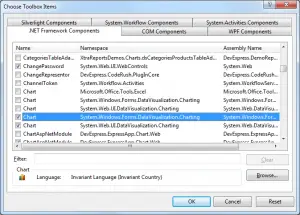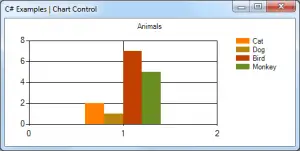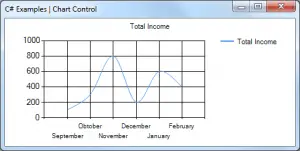C# Towers Of Hanoi Problem Implementation
This example contains a recursive solution for the Towers of Hanoi problem.
For more information about Hanoi Tower:
http://en.wikipedia.org/wiki/Tower_of_Hanoi
Usage:
MoveDisc(3, 1, 3, 2);
//Output:
//Index of 20 value in list is 4
//Move disk 1 from tower 1 to tower 3
//Move disk 2 from tower 1 to tower 2
//Move disk 1 from tower 3 to tower 2
//Move disk 3 from tower 1 to tower 3
//Move disk 1 from tower 2 to tower 1
//Move disk 2 from tower 2 to tower 3
//Move disk 1 from tower 1 to tower 3
public void MoveDisc(int n, int from, int to, int other)
{
if (n > 0)
{
MoveDisc(n - 1, from, other, to);
Console.WriteLine("Move disk {0} from tower {1} to tower {2}", n, from, to);
MoveDisc(n - 1, other, to, from);
}
}


